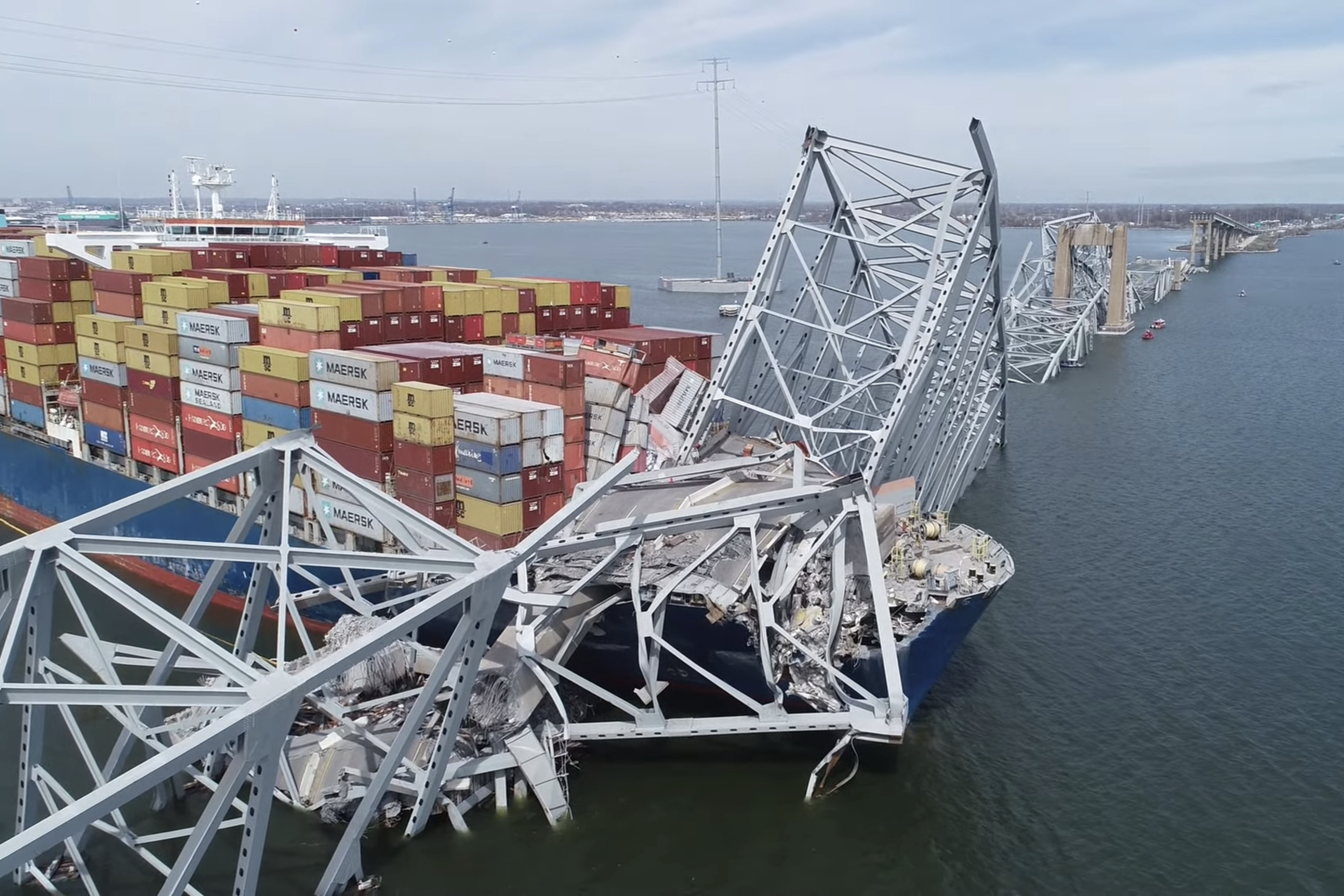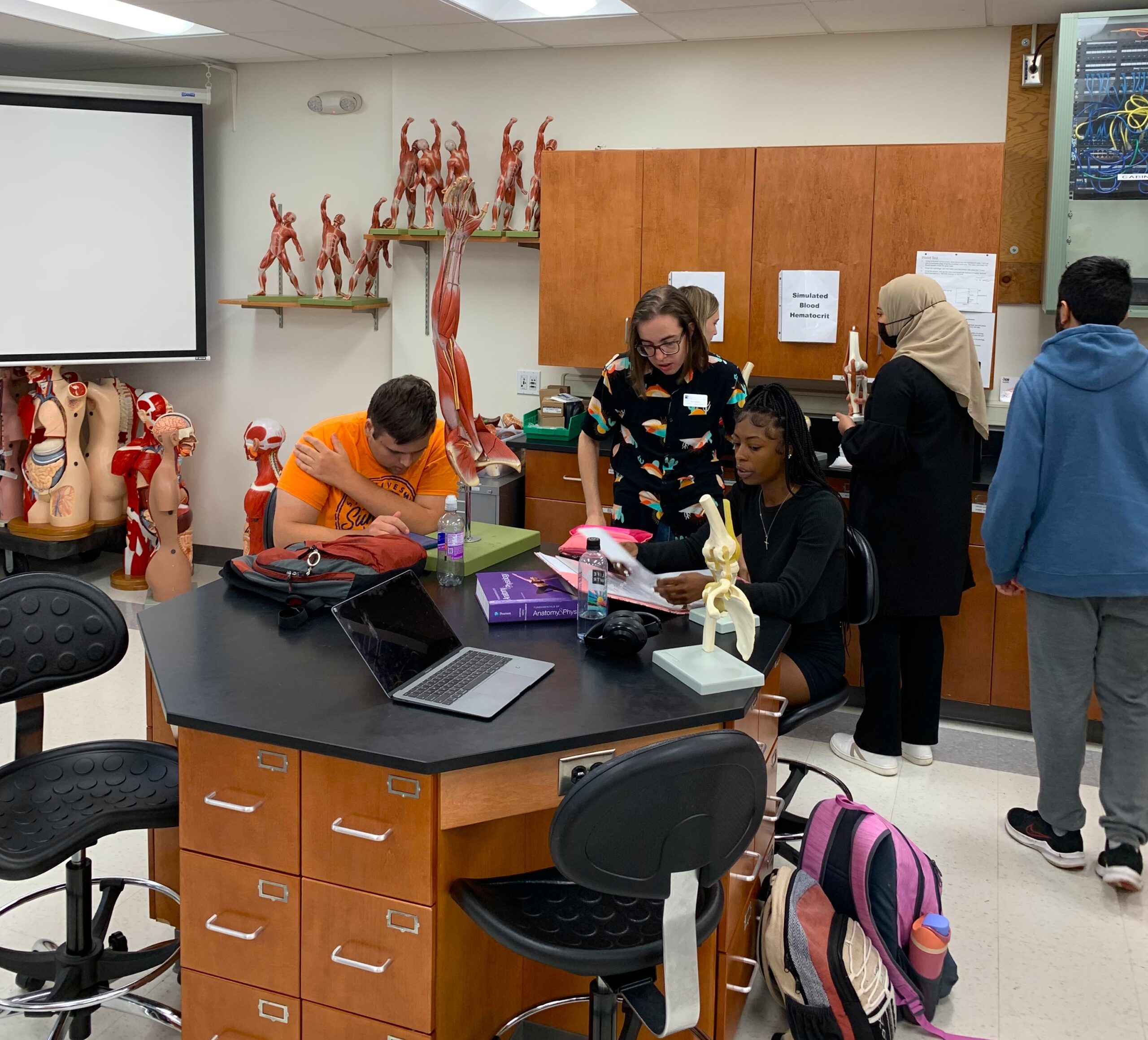The main theme for the 2019-2020 winter will be volatility in the weather pattern.
By: Professor Joe Schneider, Guest Contributor
Last winter the cold and snow finally came back after two winters with very little cold air and snowfall. In fact, we had some impressive cold that lasted well into March. Lambert recorded 16.6 inches of snow which was much better than the year before of 5.4 inches. Is it possible that we again match up the cold with the moisture this winter?

First, I want to list and describe briefly factors that are most important in determining conditions for this upcoming winter. They have to be considered together and how they all relate to describe what will happen this winter.
1. El Nino Southern Oscillation (ENSO) – ENSO is one of the most important climate indicators on Earth and has the ability to change and impact the weather across the United States and across the globe. There are three phases to ENSO that are determined by monitoring sea surface temperatures and wind patterns over the Pacific Ocean.
El Nino – This is a climate pattern which occurs when the sea surface temperatures are above normal for a long period of time in the equatorial Pacific region. This climatic pattern can play an important role in shaping weather patterns around the entire world. Usually El Nino across the U. S. keeps the polar front jet stream well to the north across Canada and increases the strength of the southern Pacific jet stream across the southern region of the United States. This can cause an increase in cloud cover and precipitation across this southern region. In this type of pattern, the extreme cold stays to the north and the precipitation stays south and leaves us in between. This typically leads to cooler and wetter seasons across the southern U.S. while warmer and drier seasons occur across the northern U.S.
La Nina – This is a climate pattern in which causes water temperatures in the eastern Pacific to be below average. Cooler sea surface temperatures limits the amount of clouds and storms that develop across the southern U.S. and results in warmer and drier weather across the south. Northern portions of the U.S. typically have cooler and wetter conditions. A weak La Nina usually develops a rather strong southeast high over the United States and this high typically determines the storm track across our region. La Nina climate patterns can be very volatile making long range predictions very difficult.
Neutral – This is a climate pattern in which sea surface temperatures across the central and eastern Pacific Ocean are near average. While direct impacts of this phase are minimal, warm and wet conditions prevail in the southeast U. S. while colder conditions occur across the northern U.S.
ENSO appears like it will be in neutral phase for this winter. This will likely have very little influence on our weather this winter.
2. Analog years: The years I am looking at for this winter which matches ENSO neutral from an El Nino the previous winter are 1969-1970, 1977-1978, and 1980- 1981. These analogs help to form a basis of temperature and snow predictions because the weather in those years had some similar factors.
3. Arctic Oscillation (AO): This is an important teleconnection that is used for forecasting especially for the winter months. This is a measurement of the surface air pressure at the high latitudes north of Greenland. Pressures higher than normal indicate a negative phase and pressure lower than normal indicate a positive phase. The AO is characterized by winds moving counter clockwise across the northern hemisphere. This large scale counterclockwise circulation is known as the Polar Vortex. When the AO is in a positive phase, it means the Polar Vortex is stronger and the winds rotating around the North pole are stronger keeping the cold arctic air around the North Pole. When the AO shifts to a negative phase, the Polar Vortex is weaker and the winds rotating around the North Pole are weaker allowing cold temperatures to escape the higher latitudes and move down over the central and eastern U.S. When the AO dips to negative values, very active weather will establish itself across parts of Midwest and eastern parts of the U. S. It appears the AO will be mostly neutral; however, there does appear there will be negative dips at times during this upcoming winter which will lead to winter storms and very cold air.
5. “The Blob”: The blob is a large pool of warm, ocean water in the Northern Pacific. These warm waters are expected to continue during this winter. The blob influences the jet stream, pushing it to the north in areas where ocean temperatures are warm. This causes a ridge pattern over the western portion of the United States and a trough pattern over the eastern and Midwest portion of the United States. This trough allows cold air from Canada to be diverted southward into the Midwest.
After looking over these analog years and all of these other factors, I think the main theme for the 2019-2020 winter will be volatility in the weather pattern. We have already seen quite a bit of this happening through the early and latter part of October and the early part of November. October began with very warm temperatures and then during the middle of the month we flipped to cool/cold temperatures and we had a trace of measurable snowfall on Halloween. November has been very cold and we have already had another measurable snowfall of 1.5 inches on 11/11/19.
This winter the warm periods will be shorter in duration and the cold periods will be longer in duration. The Blob in connection with the negative phase of the AO could lead to an amplification of the jet stream which could bring us some large winter storms and much colder air. This would favor a more active pattern. Depending on where each individual storm tracks, snow amounts could be below or above in our area. This type of pattern also causes mix precipitation events across our region with snow, sleet, freezing rain, and even thunderstorms. There is probably going to be large swings in temperature which will open the door for more opportunities for snow/ice.
November:
The first shot of very cold air arrived across our region during the weekend before Halloween and brought us our first freeze. This cold air has stayed across our area and has not modified throughout the first half of November. The pattern will modify and warm during the latter portion of the month with highs back into the 40’s and 50’s. Thanksgiving is looking cooler before warmer air begins to return once again.
December:
This month is looking rather mild until late month. There will be cold shots as storm systems move through with rain and possible thunderstorms. The pattern will again change to bring the Arctic air back across our region for the holiday time period and into the first of the New Year. Our chances for winter precipitation will also be increased as the pattern switches. Snowfall will be about average to below average for this month with temperatures average to above average.
January:
The winter pattern that started in late December will continue into this month and then it will change and lead to a moderation in temperatures. Snowfall totals should be average to below average for this month. The pattern will change again toward the end of the month leading to the return of cold air.
February:
Cold air will continue into early February and possibly a return of very cold air for the first part of this month. This will set the stage for a number of winter weather events. I do see a slight warm up during the mid-month only to have cold air return toward the end. Snow fall totals should be average to above average for this month and temperatures will be average to below average.
March:
The colder pattern and the chances for winter storms will continue into this month. Spring may come late for the Saint Louis area depending on how long the effects of the blob continues into this month and beyond. In fact, the cold may last well into April before the pattern relaxes and a warm up takes hold.
Overall, I expect a near normal temperatures and normal snowfall (15 -20 inches) for the Saint Louis area. You should expect this winter season to be similar to last winter with a little increase in snowfall totals. You should also expect a lot of volatility (warm to very cold) in the weather throughout this winter season. Seasonal forecasting is far from a perfect science. This is my best attempt at putting together a long term forecast for this winter! I see many tricky forecasts this winter and will do my best to keep everyone updated!!











